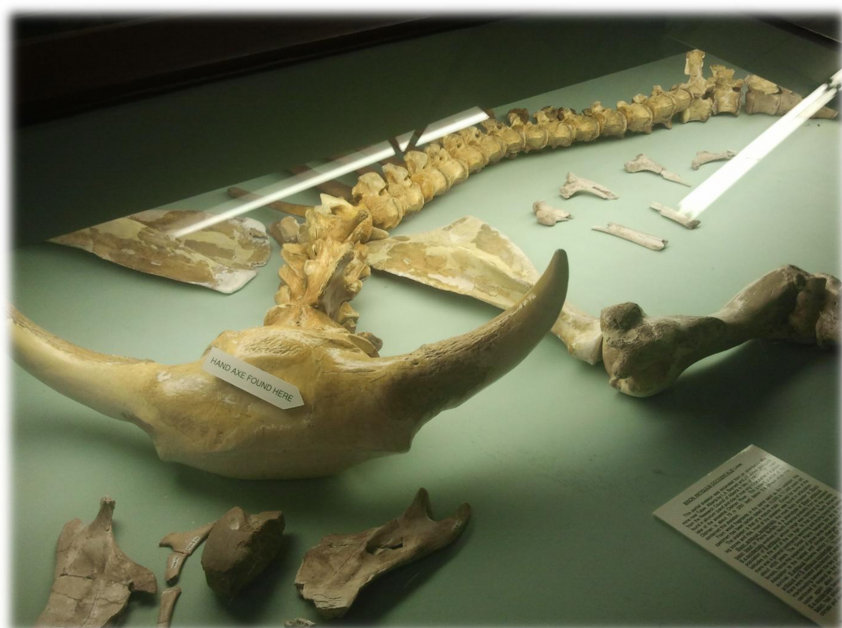
After more than six decades, Bo the Bison, which has been prominently displayed at the Badlands Historical Centre, might be headed home.
Bo’s official name is Bison antiquus occidentalis. His partial skeleton was discovered in an abandoned strip mine near Taber, Alberta, in May of 1957. After it was excavated it came to Drumheller.
“We have decided as a board that the bison skeleton was actually found in the 1950s in Taber, and Taber has been asking for a couple of years, that if we are going in a different direction, could they have it,” said Louise Henrickson of the Badlands Historical Centre. “When they found it in the 1950s. we are the only dinosaur museum in Alberta, which is why it came here.”
The museum has begun working with the Town of Taber to have the artifact returned to its home in their community.
According to a paper prepared by Frank Hadfield of Dinosaur Valley Studios, the find could be the earliest know evidence for man in Alberta.
According to the account by Hadfield, it was excavated by L.A. Blaycock and J.f. Jones, who were geologists from the Alberta Research Council. It was found in alluvium (sand and clay of river origin) deposited in an oxbow lake of the ancestral Oldman River.
Bo is a mature male, and wood fragments in the same sands show it to be 10,000 to 11,000 years old. Alberta contemporaries at that time include the wooly mammoth, dire wolves and prehistoric equine.
It is most likely the ancestor of the Plains Buffalo. According to his research, it evolved in North America probably from an isolated population of Bison antiquus that had its range restricted by the end of the ice age. As there was general continental warming and drying, the Bison antiquus became extinct, leaving the Bison antiquus occidentalis. As the climate became cooler, Bison antiquus occidentalis became extinct.
What the find also cements, according to Hadfield, was evidence of early man. A stone artifact was found embedded in the braincase of the specimen. The stone shows evidence of use by battering, and since it was found where it could not have been deposited by a natural process, led him to conclude it is an artifact and indicates the animal could have been killed by man.
“We were thinking that we should give it back to them in all fairness, and if we want to diversify the museum, freeing up the floor space would be nice,” said Henrickson.





















